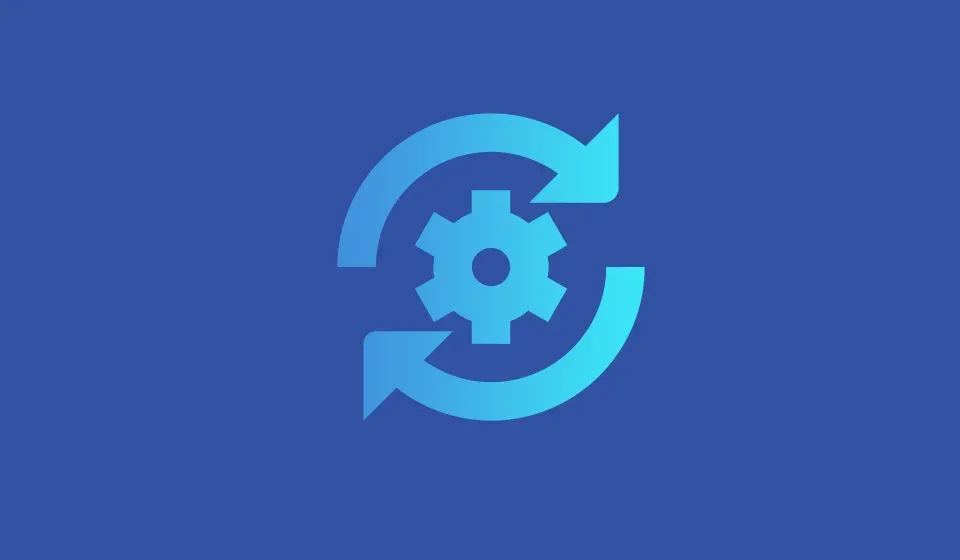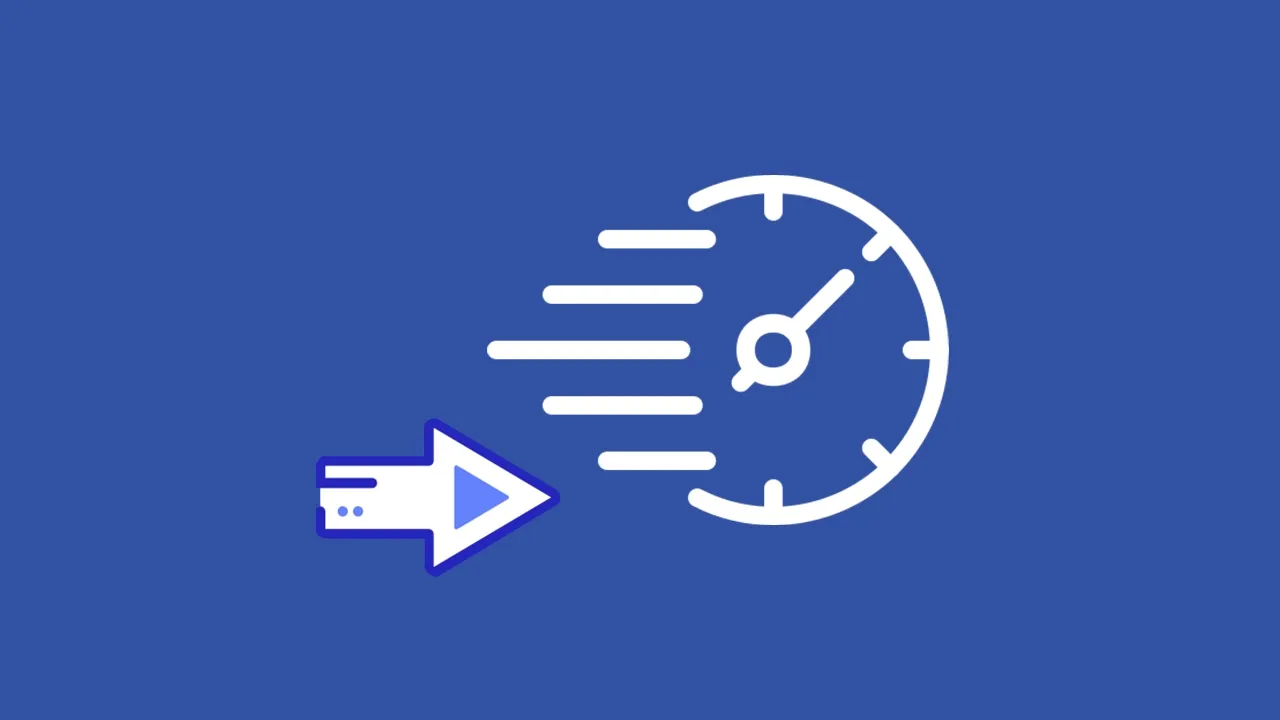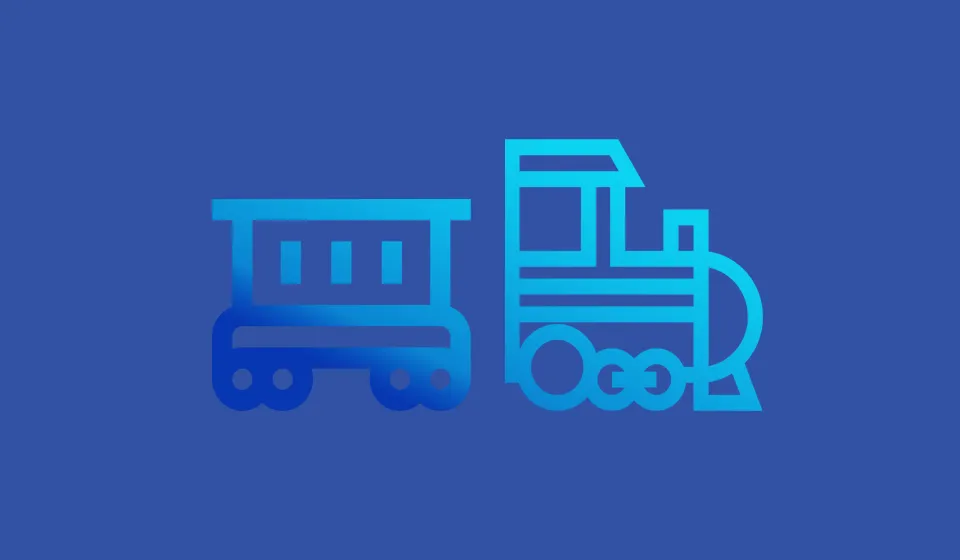In the creative landscape of motion design, iterative cycles are essential. Each iteration serves as a step forward, refining the project and aiming for an outcome that aligns with the designer’s vision and client needs. However, not every iteration brings about meaningful improvements, and over-iterating can drain time and resources. For a motion designer, it’s crucial to develop an ability to estimate the efficiency of each iterative cycle, which involves understanding the project’s objectives, managing time, evaluating progress, and maintaining communication.
1. Setting Clear Objectives and Milestones
The foundation of effective iteration begins with defining clear goals for the project. Motion design tasks can vary widely—from simple, short animations to complex, multi-layered effects. For example, in a project involving a kinetic typography animation for a high-end brand’s marketing campaign, the goals might include creating smooth transitions between bold, dynamic text sequences, ensuring that the motion enhances the message without overwhelming it.
Establishing a clear scope and setting milestones ensures that each iteration has a purpose and moves the project closer to completion. Without this clarity, iterations risk becoming a cycle of tweaks that don’t meaningfully contribute to the project’s progress. For instance, imagine a project where a designer is tasked with creating an animated explainer video for a tech startup’s new product launch. If the early iterations refine the pacing and timing of key information, the project is advancing. But if later iterations start nit-picking background color hues without improving user comprehension, the process has lost focus.
To measure the efficiency of iterations, a designer must evaluate whether each round of revisions is pushing the project forward. For example, in creating a motion graphic for a futuristic VR game trailer, an iteration that fine-tunes lighting effects or enhances transitions between fast-paced action scenes would be a valuable contribution. Regularly comparing the results to the project’s milestones will provide an objective understanding of how effective each iteration has been in advancing the work.
2. Time Management and Diminishing Returns
Time is often the most limited resource in any creative project, and motion design is no exception. Early stages of iteration typically bring noticeable improvements, fixing major issues and aligning the design with the project’s goals. For example, in an interactive 3D animation for a product demo on a high-tech gadget, early iterations may correct issues with camera angles or refine how the product rotates, making it easier for the viewer to understand its features. However, as iterations continue, the improvements from each cycle tend to shrink, while the effort required increases. This phenomenon is known as the Law of Diminishing Returns.
A motion designer working on a corporate infographic video might spend the first few iterations perfecting data transitions or the flow of the information. These are significant improvements that make the content clearer for the audience. However, by the 10th iteration, minor tweaks like slightly adjusting the color palette or tweaking the opacity of background shapes might not justify the additional hours spent. To evaluate whether continuing with further iterations is worthwhile, designers must assess how each iteration contributes to the project’s quality relative to the time invested.
A practical approach is to set time limits for each iteration and review the results. If the modifications are becoming less impactful and the time spent is disproportionate, it may be time to consider moving on from the iterative process.
3. Assessing Quality Over Quantity
While it’s important to keep pace with deadlines, the quality of work cannot be compromised. Efficiency in motion design is about more than speed—it’s about ensuring that each iteration genuinely improves the end product. Gathering external feedback after each revision, whether from colleagues or clients, provides fresh insights that can help a designer focus on areas that truly need attention.
For example, imagine a designer working on an animated title sequence for a feature film. The client requests subtle changes to the typeface kerning in each round of feedback. However, external feedback from the film’s director might emphasize the need for better pacing or a stronger emotional tone in the animation’s first few seconds, which is more critical to the viewer’s experience. A good designer will weigh the relative importance of feedback and focus on iterations that enhance the storytelling and visual impact of the title sequence.
4. Balancing Client Input with Creative Direction
Client feedback is an essential part of the iterative process, but it can sometimes lead to inefficiencies if not managed well. Clients may request changes that are either unnecessary or misaligned with the original creative direction, leading to wasted time and effort. The designer must balance implementing feedback with maintaining the integrity of the project.
For example, on a project to create a motion-graphic explainer video for a fintech startup, a client might request revisions to include more motion in the background graphics. While this might add visual interest, it could also distract from the core message of the product’s features. The designer must balance these requests by explaining the trade-offs between visual complexity and narrative clarity.
To manage this balance, it’s helpful to communicate openly with the client about the implications of their requests. If a change requires extensive reworking for a small improvement, explaining the trade-offs can help avoid unnecessary iterations. For example, if a client requests altering the animation’s visual effects after multiple iterations on a logo reveal, the designer might explain how this affects brand identity consistency or timing.
5. Documenting Iterations for Future Insights
Tracking and documenting each iteration is a practical way to improve efficiency over time. By recording what changes were made, how much time was spent, and what feedback was received, motion designers can analyze trends in their workflow and better understand where their process can be optimized.
For instance, a designer working on a series of animated social media posts for a fashion brand might notice that transitions between scenes tend to require several iterations. By documenting this, they can allocate more time to these aspects in future projects and streamline tasks like text animations, which tend to be completed more quickly. This reflective approach turns each iteration into a learning opportunity, sharpening the designer’s overall workflow.
6. Utilizing Tools and Automation
The right tools can significantly enhance the efficiency of the iterative process. Programs like After Effects or Cinema 4D offer automation features that reduce the need for repetitive tasks, freeing up more time for creative adjustments. For instance, in a project for a high-concept ad campaign featuring 3D motion graphics, leveraging expressions and automation can speed up repetitive actions, such as object animations, allowing designers to iterate quickly without having to redo every frame manually.
Additionally, using plugins like Red Giant’s Trapcode Suite or Element 3D for particle simulations and 3D elements in After Effects can streamline complex visual effects. This reduces the manual effort and allows for more time spent refining creative elements like visual storytelling or creating unique transitions between key scenes in a motion graphic.




